Tag: pulmonology
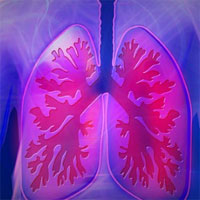
Why COVID-19 Pneumonia is More Deadly than Typical Pneumonia
Bacteria or viruses like influenza that cause pneumonia can spread across large regions of the lung within hours. In the modern intensive care unit, these bacteria or viruses are usually controlled either by antibiotics or... read more

Pulmonary Hypertension: ED Presentation, Evaluation, and Management
Pulmonary hypertension (PH), characterized by increased pulmonary vascular resistance and pulmonary arterial pressure, is associated with significant morbidity and mortality. The disease is heterogenous, with varying demographics... read more

A Novel Negative Pressure-Flow Waveform to Ventilate Lungs for Normothermic Ex Vivo Lung Perfusion
Ex vivo lung perfusion (EVLP) is increasingly used to treat and assess lungs before transplant. Minimizing ventilator induced lung injury (VILI) during EVLP is an important clinical need, and negative pressure ventilation... read more
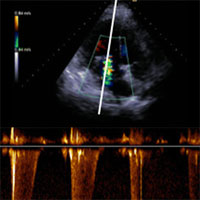
Estimate Artery Occlusion Pressure in Critically Ill Patients Under Mechanical Ventilation Using Doppler Echocardiography
In mechanically ventilated critically ill patients, Doppler transthoracic echocardiography indices are highly specific but not sensitive to estimate pulmonary artery occlusion pressure. Transmitral early velocity wave... read more

Pulmonary Infections Complicating ARDS
Pulmonary infection is one of the main complications occurring in patients suffering from acute respiratory distress syndrome (ARDS). Besides traditional risk factors, dysregulation of lung immune defenses and microbiota... read more
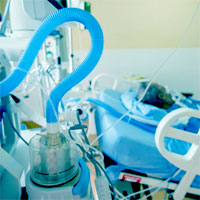
Development and assessment of the performance of a shared ventilatory system
Using standard clinical components, a system of shared ventilation consisting of two ventilatory limbs was assembled and connected to a single ventilator. Individual monitors for each circuit were developed using widely available... read more

Will the asthma revolution fostered by biologics also benefit adult ICU patients?
Asthma exacerbations are inflammatory events that rarely result in full hospitalization following an ER visit. Unfortunately, certain patients require prolonged support, including occasional external lung support through... read more
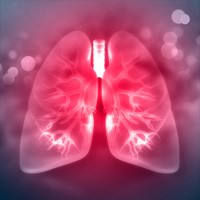
What’s new about pulmonary hyperinflation in mechanically ventilated critical patients
Pulmonary hyperinflation is the increase in the relaxation volume of the respiratory system at the end of a tidal expiration (end-expiratory volume). This can occur due to a number of factors, acting alone or in combination,... read more
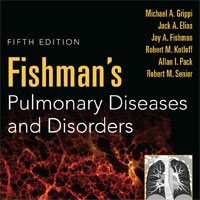
Fishman’s Pulmonary Diseases and Disorders
Since 1980, Fishman's Pulmonary Diseases and Disorders has delivered unparalleled coverage of pulmonary medicine and the underlying basic and applied science upon which clinical practice is based. The Fifth Edition, with... read more

High Plasma Levels Linked to Severe ARDS in Children with Respiratory Failure
Elevated surfactant protein D levels are associated with severe acute respiratory distress syndrome and poor outcomes in children with acute respiratory failure, according to results published in Chest. Elevated surfactant... read more
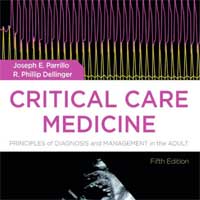
Critical Care Medicine: Principles of Diagnosis and Management in the Adult
Now completely revised to bring you up to date with the latest advances in the field, Critical Care Medicine: Principles of Diagnosis and Management in the Adult, 5th Edition, delivers expert, practical guidance on virtually... read more
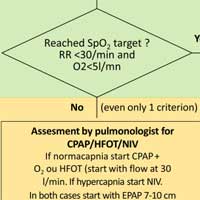
Respiratory Support in Patients with COVID-19
Non-invasive respiratory support could be useful in treating COVID-19-related acute respiratory failure (ARF). A rational use of different techniques (oxygen therapy, CPAP, NIV or HFOT) by a trained pulmonologist could allow... read more

Physiologic Assessment: Variation in Fluid and Vasopressor Use in Shock
The decision whether to give more fluid during the management of shock can be somewhat provider-dependent. This multicenter prospective cohort study evaluated 1639 patients with hypotension requiring vasopressors. The... read more
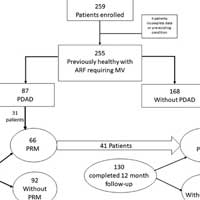
Development of Persistent Respiratory Morbidity in Previously Healthy Children After ARF
Persistent respiratory morbidity develops in up to potentially 44% of previously healthy children less than or equal to 24 months old at follow-up after acute respiratory failure (ARF) requiring mechanical ventilation. This... read more








